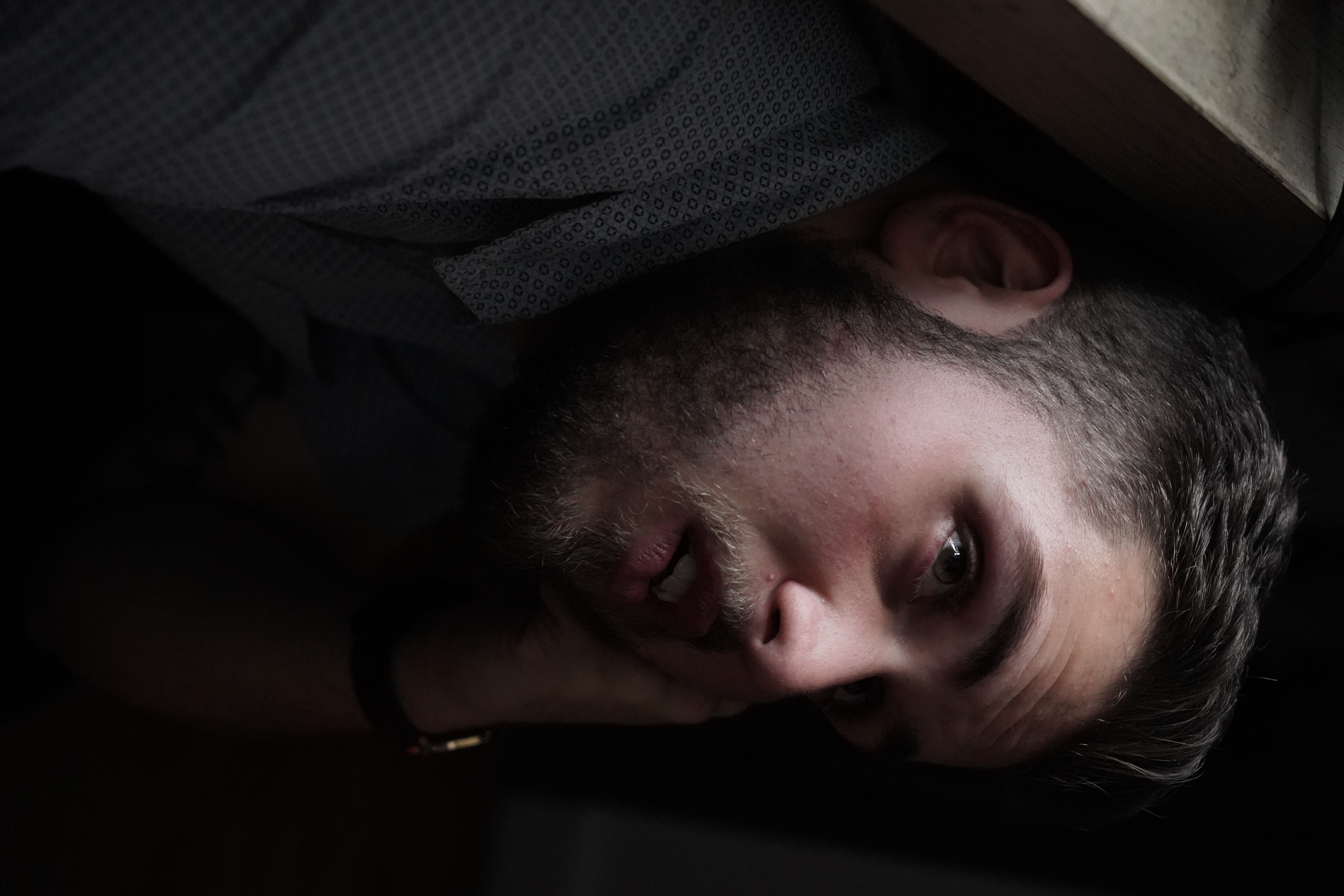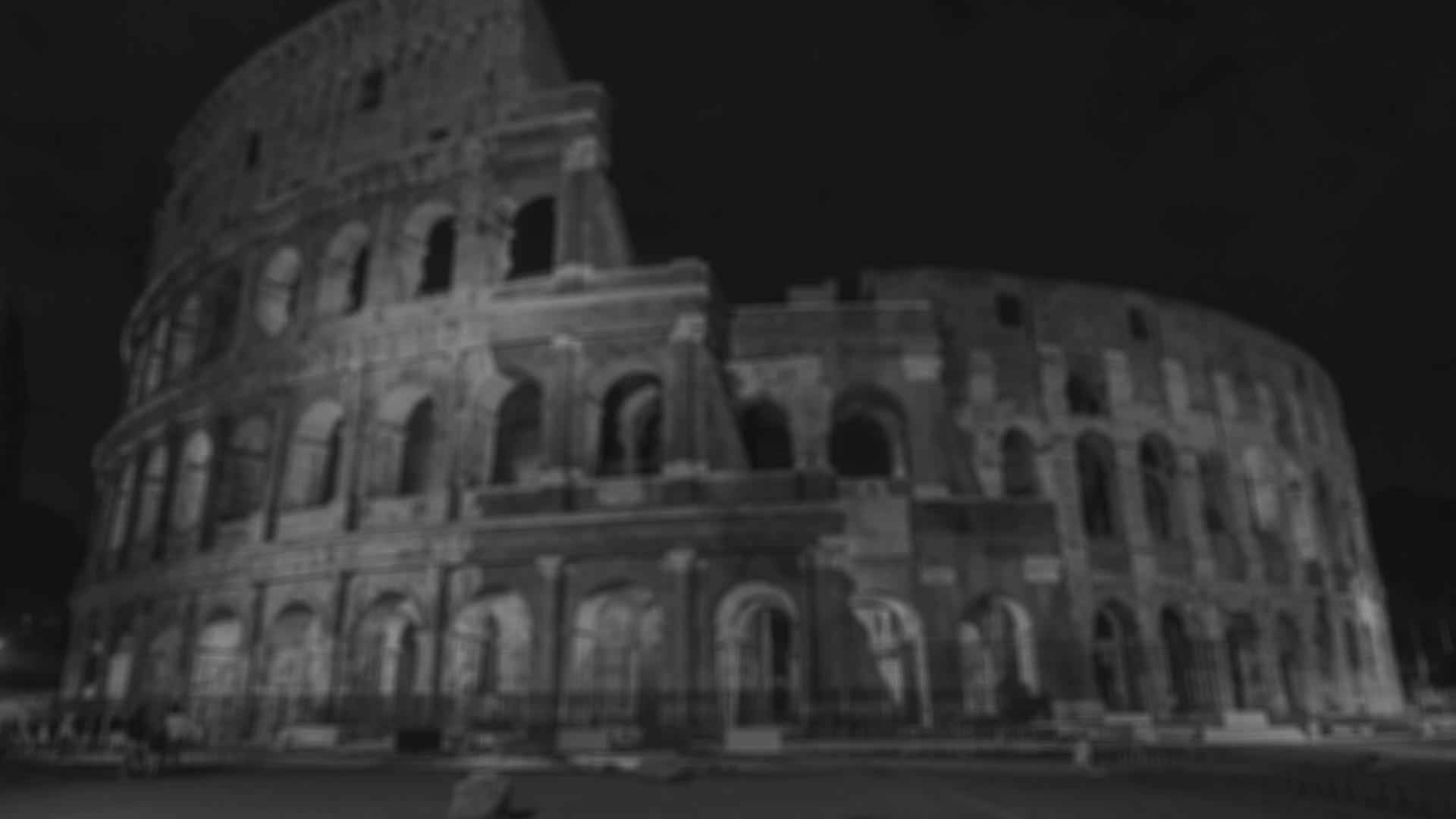
04 Ago An interview with ENZO FLORES, director of “DOPE SICK”
“Film is not analysis, it is the agitation of mind; cinema comes from the country fair and the circus, not from art and academicism.” W. Herzog
BIO
Enzo Flores is a writer and filmmaker from the outskirts of São Paulo, Brazil. After having earned his Bachelor of Arts in Screen Studies from The New School: Eugene Lang College for Liberal Arts, Enzo is a bicoastal entertainment industry freelance and for-hire writer-director on motion picture and multimedia projects. The artist’s brief career in film has compounded the conventions of drama, thriller, and horror genres with fierce social commentary, leading to a reading of systemic processes in society, as well as the depths of human condition and of the immigrant experience. Currently based in Brooklyn, New York, Enzo writes film criticism, works on developing projects, and seeks for the best Brazilian steakhouse in all of the East Coast.
First and foremost, America’s raging heroin epidemic, an insurmountable public health crisis that claims over 67,000 deaths per year, was the catalyst for this short film project. Over a period of several months, I found myself deeper and deeper into the complexities of this systemic and multilayered issue, and at around the same time, I moved into the Brooklyn neighborhood pictured in the film, Bushwick, and began familiarizing myself with the gentrification phenomenon. My experience of living in this urban space is very well reflected in the use of locations in Dope Sick, as an attempt to highlight the contrasting and rapidly-changing qualities of the industrial and residential neighborhood, the drug-dependent characters are seen trampling through an area that was once an industrial wasteland, but is now a hot spot for ten-dollar-latte cafés and real estate development.
It is quite impossible for me to pinpoint a singular complicated aspect of writing, directing, and producing Dope Sick, as there were far too many fires that needed to be put out during every stage of production. However, working within the restrictions of a limited budget while being forcibly pressed onto a tight schedule, was the pivot for most problems that occurred on set, or really on any low budget set I’ve ever worked on. Though, working under these restrictions inevitably add some compounding elements to the world of the film, that is, if the filmmaker chooses to embrace the strenuous conditions of principal photography in order to implement organic elements into the narrative, whether that is in the performances, use of locations, or in the narrative itself. I believe that a director must be versatile enough to bypass these circumstantial limitations in order to work within their margins.
Whether in short or long form, narrative or documentary, a film should provide a personal and sweeping account of lives under fire, of human potential that is stifled due to systemic struggle (as it relates to Dope Sick). In the case of narrative film, a thoughtful viewer is capable of reading between the lines of the surface-level narrative, and able to discern the implications thereof. Film should never ever be passive.
Talking about unique references to distinct genre tropes, I don’t believe that Dope Sick veered one way or the other in the specificities of any sub-genre that encompasses more than a general classification. On that note, the film presents itself as a drama and thriller steeped in the harsh realities of drug addiction, and of the immigrant experience in America, which centers around the livelihood of a struggling family in a rapidly gentrifying neighborhood in Brooklyn, New York. With the dynamic of this dismantling family in mind — a Puerto Rican family that serves as a clear representation of both ends of the drug-dealing spectrum — one may conclude that Dope Sick circumscribes the conventions of a family drama, and perhaps that may be due to my longtime fascination of family turmoil as portrayed in cinema, starting with Hirokazu Kore-eda’s legendary body of work (Shoplifters, Still Walking, Like Father, Like Son). Considering the malleability and intensity of the subject matter, coupled with a research-based process which documented the implications of the opioid crisis and its counterparts, I had plenty of time to scour the depths of media for the most relevant material that would somehow amplify my vision for this project (during writing and pre-writing stages). Most notably, my admiration for independent filmmakers such as Josh and Benny Safdie (Heaven Knows What), as well as Sean Baker (The Florida Project), drove me to replicate their location-based approach, as Bushwick plays the main character in Dope Sick, in all of its textures and contrasting facets. Other influences include: Ana Lily Amirpour’s exceptional depiction of drug addiction in her staggering hit A Girl Walks Home Alone at Night; Jim Jarmusch’s and Robert Altman’s renowned use of pseudo-parallel narratives in Mystery Train and Nashville, respectively; and, of course, the filmmakers that fathered the Italian Neorealist movement.


